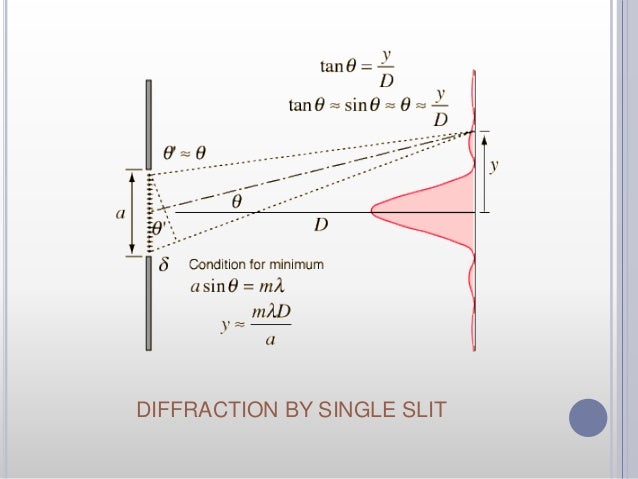

He postulated a principle named Huygens’ Principle, stating that each point on a light wave could act as a source for a secondary wave capable of travelling at the same speed as light.įurthermore, he managed to explain the optical phenomena occurrence, namely reflection and refraction, using his light wave theory. His statement was contradictory to Newton’s beliefs. He suggested that the light behaves like a wave. In the 17 th century, a Dutch mathematician named Christian Huygens declared that light is not capable of behaving like a particle. This article will deeply discuss the diffraction phenomenon while explaining other related concepts and topics. In many cases, especially when an obstacle is very large, the stream of light does not flow around it. Moreover, it does not necessarily mean that the light stream must flow around the obstacle. Here, the light acts like water, which flows around the obstruction to reach our eyes. What is diffraction? Diffraction is the phenomenon that enables the light radiated by a source to be easily detectable even though there is an obstacle in between. ISSN 0025-5572.Diffraction, polarisation and interference are the three major concepts essential for light wave nature. Geometrical and Physical Optics (2nd ed.). Introduction to Fourier optics (3rd ed.). Principles of Optics: electromagnetic theory of propagation, interference and diffraction of light (7th ed.). Handbook of mathematical functions, with formulas, graphs, and mathematical tables. ^ Hecht 2002, p. 543, The array theorem.

^ "Fraunhofer, Joseph von (1787-1826) - from Eric Weisstein's World of Scientific Biography".As the spread of wavelengths is increased, the number of "fringes" which can be observed is reduced. If the spread of wavelengths is significantly smaller than the mean wavelength, the individual patterns will vary very little in size, and so the basic diffraction will still appear with slightly reduced contrast. it consists of a range of different wavelengths, each wavelength is diffracted into a pattern of a slightly different size to its neighbours. In all of the above examples of Fraunhofer diffraction, the effect of increasing the wavelength of the illuminating light is to reduce the size of the diffraction structure, and conversely, when the wavelength is reduced, the size of the pattern increases. I ( x, y ) ∝ sinc 2 ( π W x λ R ) sinc 2 ( π H y λ R ) ∝ sinc 2 ( k W x 2 R ) sinc 2 ( k H y 2 R ) Non-monochromatic illumination


 0 kommentar(er)
0 kommentar(er)
